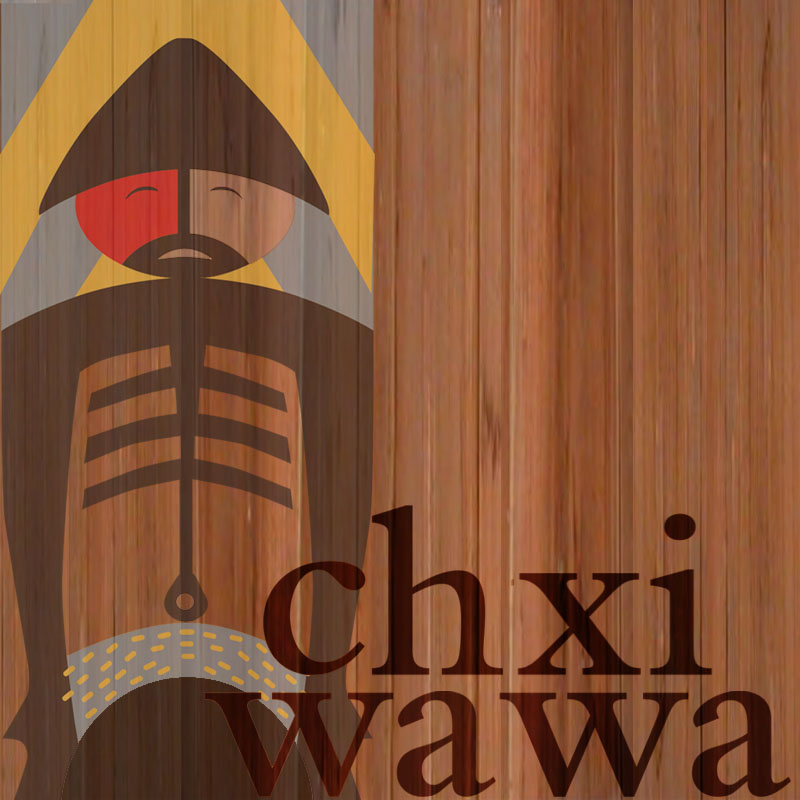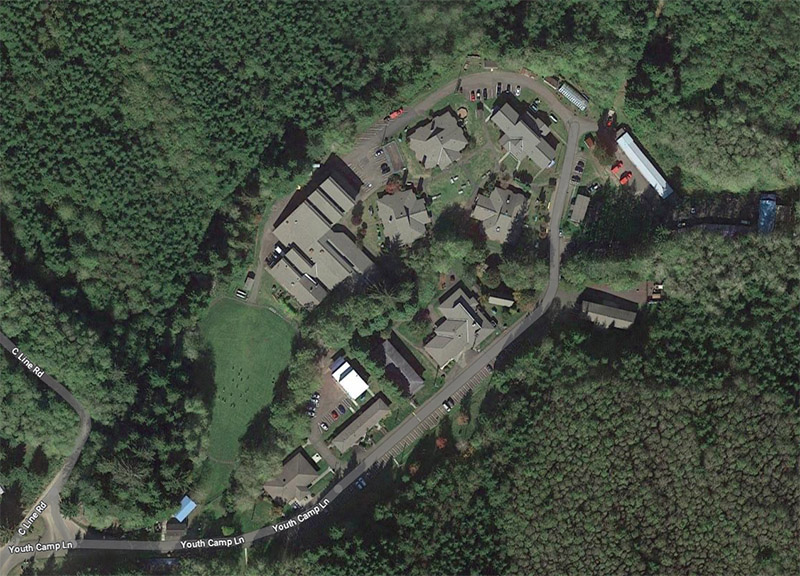Chinook Observer | December 12, 2022
A captivating new use for the former Naselle Youth Camp campus is to give it back to the Chinook Indian Nation.Why do we say “give it back”? Isn’t it a surplus state reform school that longer ago was a Cold War military installation?
Beneath that cloud of recent history there stretches an eon of profound tribal legacy. Like most land in the vicinity of the Columbia estuary and Willapa Bay, the Naselle River watershed originally belonged to the Chinook. By some rights, it still does.
The Naselle is the tribe’s heartland. Of all the lives and lands lost during the 19th century horrors that drove the Chinook to the brink — but not over the edge — of extinction, losing that precious valley was among the most bitter losses. In talks with the federal government in the 1850s, the Naselle was regarded by the tribe as fundamentally important. Infamously, those talks came to nothing for the tribe, and everything for the U.S.
Now, we have come to a rare and potentially important crux in time, when the state of Washington has the power to partially right one of American history’s great wrongs.
So what would the Chinook do with the facility? Many useful things, including some that would directly benefit young people of all races.
The camp is a mystery to most of us. Perhaps 99% of Pacific County residents have never set foot there. Maybe you picture “The Shawshank Redemption.” In fact, what it most resembles is a typical community college — nice buildings set amidst well-maintained grounds. Whether this was meant to spare incarcerated youth feelings of stigmatization or simply because the state of Washington spends a lot of money on everything, it is a very nice asset.
Now, we have come to a rare and potentially important crux in time, when the state of Washington has the power to partially right one of American history’s great wrongs.
It’s also something of a “white elephant” — a facility whose location makes it challenging to repurpose. Provisionally assigned to the Department of Natural Resources at the end of the last legislative session, it is hard to imagine DNR having much enthusiasm for managing and maintaining a facility with only tangential connections to its core missions. Certainly, this high-functioning agency could come up with some groovy-sounding plan, but in the absence of much ongoing legislative commitment to funding, any such plan has the potential of only keeping the campus on life support. Pacific County doesn’t need a zombie in search of brains.
nformal discussions between the tribe and local lawmakers including state Sen. Jeff Wilson sketch the beginning of a far more enticing outcome, in which the campus would serve both as the headquarters for the energized Chinook Indian Nation led by Chairman Tony Johnson, and a crucially important element in addressing Pacific County’s broader needs for housing, healthcare, education and revitalization.
No tribe on the Pacific Coast has a richer heritage than the Chinook. In recent decades, members have been working hard to strengthen age-old traditions of mutual support, community cooperation and key cultural elements, from language and art to skills like canoe building. All these are valuable not only to the Chinook, but to all of us. At a new headquarters on the site of the youth camp, children from surrounding school districts could learn about vital subjects, including how the Chinook coexisted within our local environment for thousands of years — a reservoir of time that may extend back nearly to the end of the last ice age.
And while many Chinook are prosperous members of modern society, even ascending to important roles such as U.S. ambassador, others are in need of better housing and healthcare. These services can easily be housed at the Naselle facility.
The tribe is in its best condition in decades, in part thanks to a successful struggle to obtain clear title to funds held in trust by the federal government. The acknowledgement of the tribe’s ownership of its own money is a step back toward federal recognition of the Chinook as having a living, functioning tribal government. Obviously, the upkeep of the Naselle facility will require substantial income. The Chinook are developing an operational plan. Bridge funding from the state should be on the table if a transfer in some form progresses.
Washington state has respectful relations with its many tribes around Puget Sound, the Olympic Peninsula and east of the Cascades. It is past time to show more of the same respect to the Chinook, perhaps the most famous of all Pacific Northwest Tribes. The name Naselle is derived from Nisal, the word for the Chinook people who lived there. They deserve to own a piece of it.








